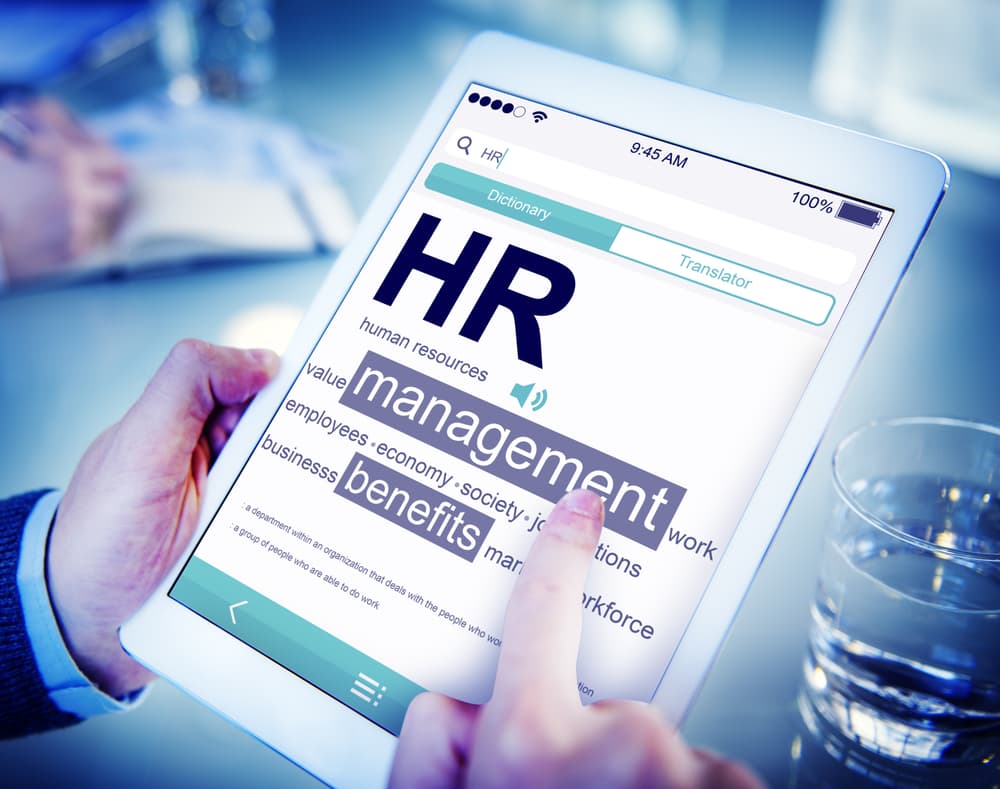HR professionals today are challenged with developing a long-term reward strategy that suits the individual requirements of each employee.
According to my company’s research — 2015 Global Employee Benefits Watch — employees’ expectations of their companies are shifting. When it comes to finance, health and protection, employees expect a level of cover and support paid for by their employer. However, when it comes to lifestyle benefits or discount schemes, people do not expect company funding – they only want the means to pick and choose what suits them best. In this complicated landscape, what steps can you take to offer personalized benefits that mean something to employees as individuals?
First, it’s important to understand the various employee demographics that make up your organization. For example, millennials (Gen Y), who will comprise more than 50% of the workforce by 2020, want a more flexible work schedule, crave recognition and demand instant gratification. Employees’ needs will also vary based on factors such as gender, location, social aspects, hobbies and even company culture. Through analysis of employees’ use of different benefits, you’ll find that everybody actually wants a bit of everything and, more interestingly, at different times.
Understanding your demographic data plays a hugely important role when structuring your benefits package. Identifying your average employee, as well as your different demographic groups, is vital to setting out your reward strategy.
Next, it’s important to provide effective and timely communication to your employees. This is key to delivering a successful package that matches exactly what each individual employee wants. Personalized recommendations are a great way to alert your employees to benefits that are relevant to their situation. They are proven to increase uptake of benefits and boost engagement. They can also be localized to reflect market legislation and preferences.
 Some benefits platforms have gone a step further, introducing benefit recommendations that are made using technology similar to the “customers like you also bought” functionality seen mostly on online shopping sites. While this works for recommendations of books and DVDs, at Thomson’s we believe it is considerably less appropriate for employee benefits such as lifestyle and insurance schemes that require a more personal touch.
Some benefits platforms have gone a step further, introducing benefit recommendations that are made using technology similar to the “customers like you also bought” functionality seen mostly on online shopping sites. While this works for recommendations of books and DVDs, at Thomson’s we believe it is considerably less appropriate for employee benefits such as lifestyle and insurance schemes that require a more personal touch.
Some organizations are turning to a consultative online conversation approach, rather than an automated machine approach to understand each employee’s individual goals, lifestyles and priorities. This offers a number of highly personalized options for employees to select a portal that will intuitively provide information based on that conversation. Matching this level of personal  conversation with a strategic consulting approach will achieve a benefits package that is suitable for all potential employees’ needs, regardless of whether they are a baby boomer, a Gen X, Y or Z, or even now in 2016, a millennial.
conversation with a strategic consulting approach will achieve a benefits package that is suitable for all potential employees’ needs, regardless of whether they are a baby boomer, a Gen X, Y or Z, or even now in 2016, a millennial.
Keep in mind that simply choosing schemes from a pre-defined list the company has agreed to is not the ultimate level of flexibility. Giving employees the power to draw down on company funding to put towards whatever they need really is flexible and results in personal benefits.
Personalized benefits will help companies stand out among competition. In the global playing field, offering a reward strategy should be a top priority to retain and attract top talent, and doing so will go a long way in aligning HR with long-term business efforts.
